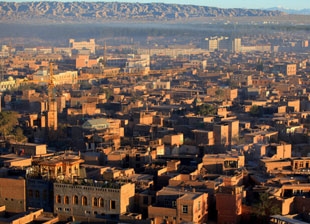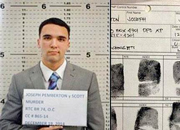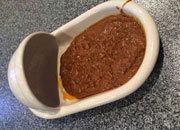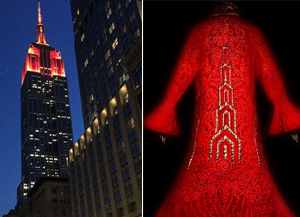科学家在美国南达科塔州发现地球上最纯净的水
移动用户编辑短信CD到106580009009,即可免费订阅30天中国日报双语手机报。
英文原文:
Far below South Dakota, a cave holds pure, promising water
Hundreds of feet beneath the Black Hills, a team of scientists and researchers snake through dark, narrow and silent corridors of ancient rock to reach their goal: what is thought to be some of the purest water on Earth.
The crew of National Park Service scientists that's anchored by microbiologist Hazel Barton travels sporadically to the lowest reaches of South Dakota's Wind Cave National Park to study a series of underground lakes, which were discovered in the 1960s and aren't home to any animal life or even easily detectable microscopic organisms.
But Barton, from the University of Akron, has discovered there is bacteria—albeit scant—in the lakes. She's beginning to analyze about six years of data and hopes to decipher how the bacteria survives, answer questions about how it interacted before multicellular organisms came along and perhaps find new sources of antibiotics.
"It has the potential to answer a lot of questions that we have in biology that you can't answer anywhere else because you have levels of complexity," she said.
To gather the necessary samples, caving experience is crucial: It takes more than two hours for even the most adept cavers to reach Calcite Lake, the nearest body of water. "It's certainly not a route for the inexperienced," according to park service scientist Marc Ohms, who often joins Barton and, by his count, has made over 50 trips.
It's a quiet affair. Cavers typically hear only their voices, the scraping of feet and some grunting as they squeeze through crevasses—the narrowest is about 7 inches wide—with equipment that's light enough to carry and durable enough to survive the journey.
Barton, a 44-year-old British transplant, began caving here when she was a graduate student in Colorado, making weekend trips and later getting a tattoo of the cave. She has a reputation as an adventurous caver and has been featured in several film and television documentaries.
During her first excursions, Barton brought only a few liters of lake water back to study its properties. But with the help of a filtration system designed by one of her students, the microbiologist now filters hundreds of liters of cave water, which hosts an unusually low concentration of bacteria.
Because there are so few living things in the lakes' ecosystem, the organisms have to fight for survival. Thus, the bacteria's predatory characteristics could help scientists find new antibiotics, Barton said. Having exhausted other routes, they're turning to exotic environments like big, deep caves for that very reason.
Barton and her fellow cavers are doing so carefully. Because of its pristine nature, cavers and scientists have to take special precautions to make sure they don't contaminate Wind Cave lakes and surrounding areas: They don't bring crumble-prone foods, and they urinate in bottles.
Above ground, the National Park Service has been concerned about development on the land. Several times, officials have objected to proposals from groups wanting to draw more water from the Madison Aquifer—of which the lakes are the top—for fear that the lakes could be permanently drained.
"We just don't know what we have down here. We just now discovered in the last five years that we have this resource ... and we don't want to see these natural processes eliminated," said Rod Horrocks, a physical scientist with the park service.
Barton hopes to have her work wrapped up by the end of the year. Already, she's presented some of her findings to the U.S. Department of Energy's Joint Genome Institute, where she said scientists asked her to send samples so that they could determine exactly what organisms are in the lakes.
In the meantime, Wind Cave's lakes could soon become a hotbed for scientific research—if you can squeeze down there.
"As soon as the word gets out," she said, "I imagine people are going to be jumping all over the place to try and do research."
热门推荐
更多> 西藏:展佛仪式拉开拉萨雪顿节帷幕
西藏:展佛仪式拉开拉萨雪顿节帷幕  天津滨海新区危险品仓库爆炸 现场附近一片狼藉
天津滨海新区危险品仓库爆炸 现场附近一片狼藉
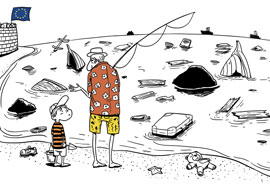 苦难的地中海
苦难的地中海  “快捐”
“快捐”
- 不得民心
- 世界上最性感的脱衣舞娘
-
设计师给儿子做了一个会变形的蛋糕
- 世锦赛温馨一幕:“肇事”摄像师送博尔特手链 飞人竖大拇指
- 梅西的保镖当年抢过500家银行






